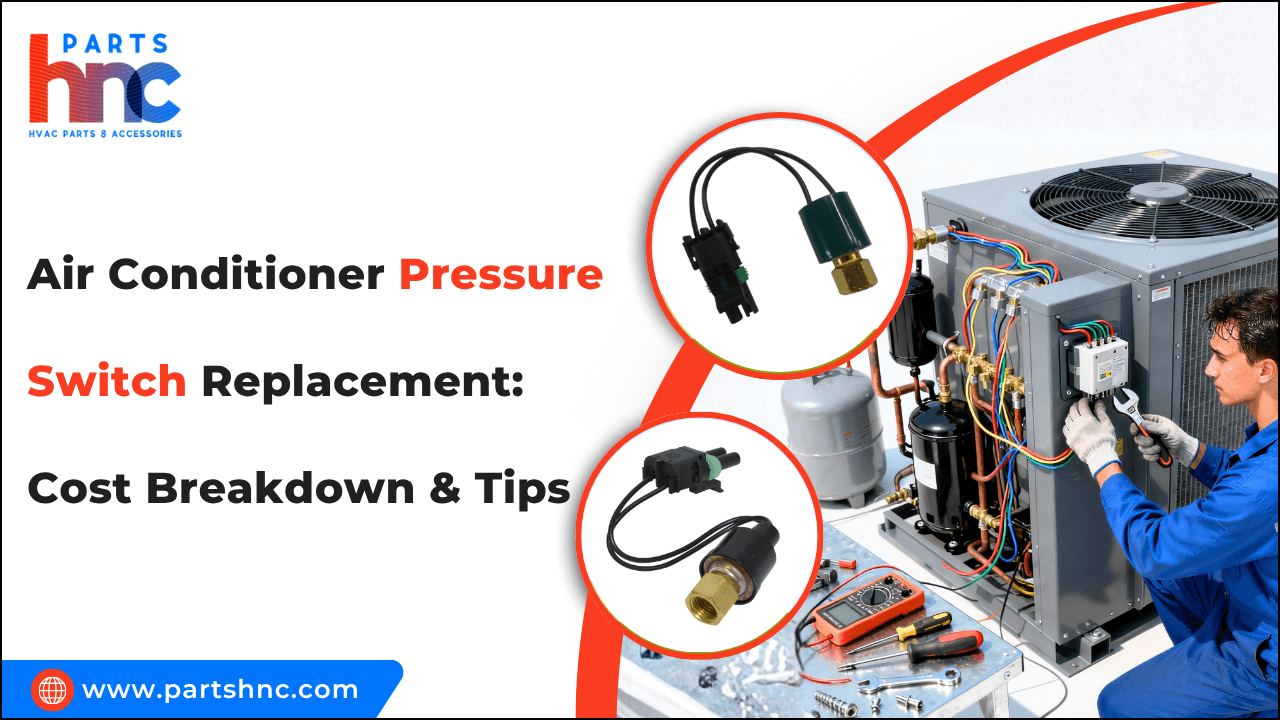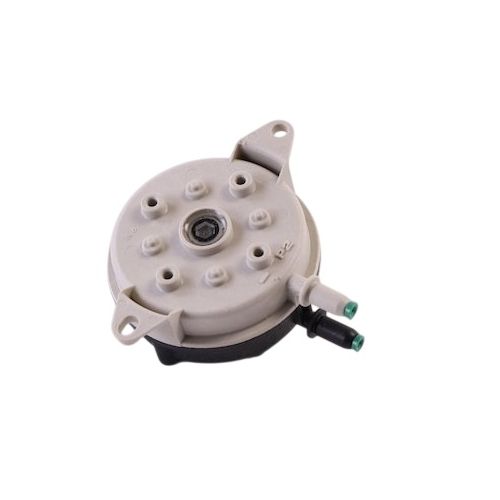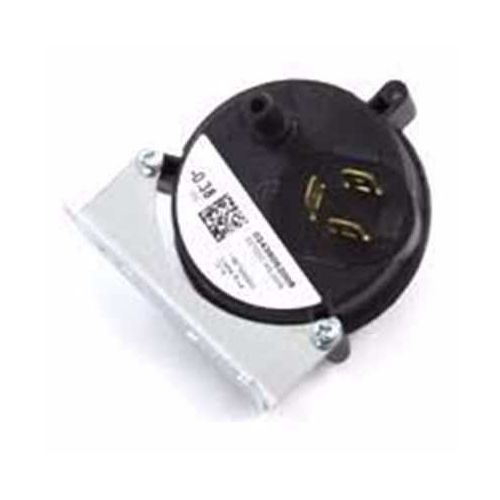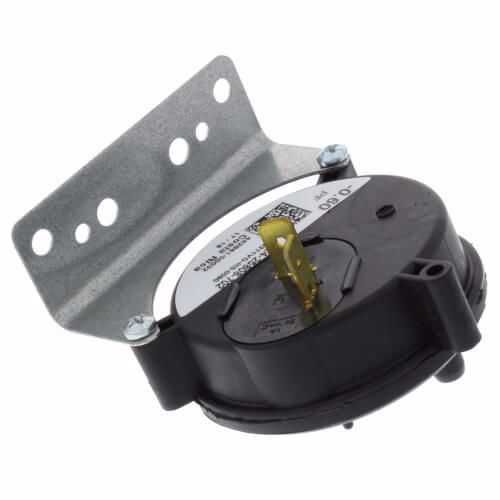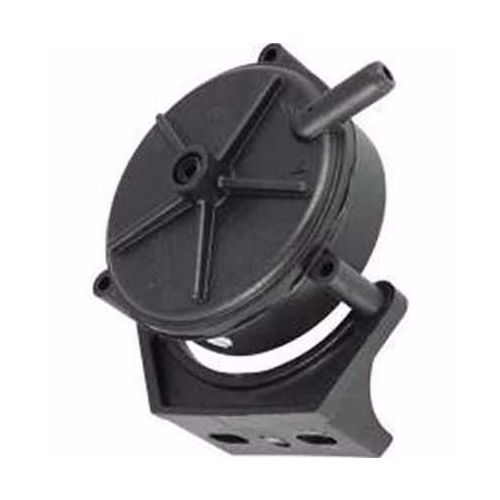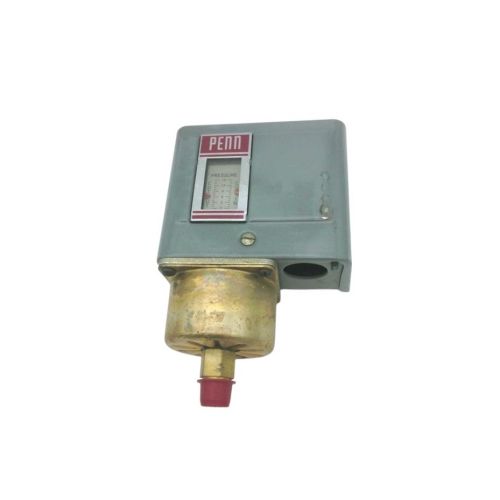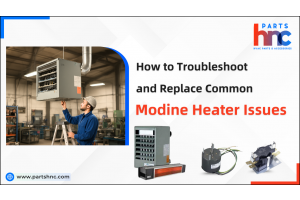Air Conditioner Pressure Switch Replacement: Cost Breakdown & Tips
Replacing an air conditioner’s pressure switch is essential to keep your system running safely and efficiently. This small but important component monitors refrigerant levels and prevents the AC from operating under conditions that could cause damage. A failing switch can lead to poor cooling, higher energy bills, or even complete system breakdowns. Recognizing signs like unusual noises, inconsistent cooling, or frequent cycling can help you address problems before they become expensive repairs.
In this article, we break down the typical cost of replacing an AC pressure switch, including parts and labor. We also provide tips for spotting issues early, choosing a reliable technician, and maintaining your system to extend its lifespan and performance.
Understanding Why AC Pressure Switch Replacement Matters
The air conditioner pressure switch is a small but essential component that ensures safe operation. It monitors refrigerant pressure and shuts off the AC if levels are too high or too low, protecting critical parts. Replacing a faulty switch prevents costly repairs and keeps your system running efficiently.
Why AC Pressure Switch Replacement Matters:
-
Prevents Hidden Damage: Malfunctioning switches can silently strain the compressor, reducing its lifespan.
-
Maintains Refrigerant Balance: Ensures proper pressure, preventing coil freeze-ups or leaks.
-
Reduces Emergency Repairs: Early replacement avoids sudden failures during extreme weather.
-
Supports Diagnostic Clarity: Faulty switches can create misleading error codes, complicating troubleshooting.
-
Improves Efficiency: Guarantees the system runs only under optimal conditions, saving energy.
-
Protects Connected Components: Prevents damage to the blower motor, expansion valve, and sensors.
-
Enhances System Longevity: Regular maintenance reduces wear and tear across the entire AC system.
-
Prevents Safety Hazards: Malfunctions can sometimes lead to electrical shorts or overheating risks.
By understanding these often-overlooked benefits, homeowners can prioritize timely maintenance, protect their investment, and ensure a comfortable, safe indoor environment year-round.
Looking for replacement parts to fix your AC? PartsHnC offers essential components like compressors, condenser coils, and blower wheels from leading brands such as Honeywell, Carrier, and Trane at competitive prices. Get your AC running like new with fast shipping from PartsHnC!
Typical Cost Range for AC Pressure Switch Replacement
The cost of replacing an air conditioner pressure switch varies based on parts, labor, and system type. Here’s a general idea:
-
Parts Cost: $50–$150, depending on brand and quality
-
Labor Cost: $75–$200, influenced by accessibility and local rates
-
Total Replacement Cost: Typically $125–$350 for most residential systems
-
Additional Factors: Emergency service, older systems, or diagnostic complexity can raise costs
Understanding these ranges helps homeowners plan their budget and avoid surprises when scheduling AC maintenance or repairs.
Factors Affecting the Cost of AC Pressure Switch Replacement
The cost to troubleshoot AC pressure switch issues and replace a faulty one depends on parts, labor, and system condition. Understanding these factors helps homeowners plan and avoid unexpected expenses.
Factors Affecting the Cost of AC Pressure Switch Replacement:
-
AC Type and Brand: High-end or specialized systems often use proprietary switches that cost more than standard models.
-
System Accessibility: Switches hidden deep within the unit or behind panels require more labor, increasing costs.
-
Regional Labor Rates: Technicians in urban areas typically charge higher rates than those in smaller towns.
-
Age of the System: Older units may need additional adjustments or part replacements during installation.
-
Diagnostic Complexity: Multiple tests may be needed to confirm the switch is the real issue.
-
Warranty Coverage: Some units cover parts or labor under warranty, while others may not.
-
Electrical and Component Compatibility: Some systems need minor rewiring or extra components to fit a new switch.
-
Emergency Service Needs: Peak-season or same-day replacements often cost more.
-
Quality of Replacement Parts: OEM or higher-quality switches usually cost more but last longer.
By considering these factors, homeowners can budget accurately, avoid surprises, and ensure their AC system runs efficiently year-round.
Cost Implications Of DIY Vs. Professional AC Pressure Switch Replacement
Deciding whether to replace an AC pressure switch yourself or hire a professional involves weighing costs, risks, and long-term benefits. While DIY might save money upfront, professional service offers reliability and peace of mind.
DIY Replacement
Replacing the AC pressure switch yourself can reduce labor costs, but it requires caution. Homeowners should understand the tools and skills needed before attempting this task.
-
Parts Cost Only: Typically $50–$150 for the pressure switch itself.
-
Tools Required: May need a multimeter, screwdrivers, and safety equipment.
-
Risk of Damage: Incorrect installation can harm the compressor or wiring.
-
Time Investment: Can take 1–3 hours depending on system accessibility.
-
Warranty Concerns: DIY work may void manufacturer warranties.
Professional Replacement
Hiring a technician to replace the low-pressure switch air conditioner ensures safety and efficiency.
-
Total Cost: Usually $125–$350, including parts and labor.
-
Expertise: Technicians ensure proper installation and system diagnostics.
-
Efficiency: Faster and more reliable replacement, reducing downtime.
-
Long-Term Savings: Prevents future issues caused by incorrect installation.
-
Peace of Mind: Professionals are insured, protecting you from accidental damage.
Understanding these differences helps homeowners make an informed decision that balances cost, safety, and system longevity.
Check out this guide on the replacement cost of an AC compressor to understand pricing factors, labor costs, and the average expenses involved.
Long-Term Financial Impact Of AC Pressure Switch Maintenance
Proper maintenance of your AC pressure switch can save money over time. Even small preventive steps help avoid costly repairs and keep your system efficient.
Financial Benefits of Maintaining Your AC Pressure Switch:
-
Prevents Compressor Burnout: A failing air conditioner high pressure switch can overwork the compressor, leading to expensive replacements.
-
Reduces Refrigerant Waste: Maintains optimal pressure, minimizing leaks and the cost of refrigerant recharge.
-
Minimizes Component Strain: Protects other parts like the expansion valve and condenser, lowering repair bills.
-
Lowers Peak Energy Costs: Prevents excessive energy use during high-demand periods.
-
Avoids Seasonal Downtime Costs: Reliable operation prevents extra cooling expenses during heat waves.
-
Enhances System Diagnostics: Early detection reduces trial-and-error repairs that can inflate service costs.
-
Supports Insurance and Warranty Claims: Well-maintained systems may qualify for coverage or warranty support in case of failures.
-
Improves Long-Term ROI: Investing in maintenance now extends the life of the AC unit, saving money on full replacements.
Expert Tips
-
Inspect the air conditioner low pressure switch and the surrounding area twice a year to prevent dust and debris buildup.
-
Check electrical connections for corrosion or looseness to maintain proper function.
-
Verify refrigerant pressure regularly to avoid switch tripping or system strain.
-
Always use OEM replacement switches for compatibility and reliability.
-
Call a licensed technician for installation or diagnostics if unsure to prevent costly mistakes.
Regular maintenance of the pressure switch is a small investment that protects your system, reduces energy consumption, and prevents unexpected financial burdens.
Explore this guide on maintaining air conditioner filters by cleaning and replacing the Mitsubishi Electric MAC-2330FT-E filter for optimal performance.
Impact Of AC System Type On Pressure Switch Replacement Costs
The type of AC system significantly affects the cost of pressure switch replacement. Different systems require different parts, labor, and expertise, which can influence the final expense.
-
Central AC Systems: May require more labor due to complex ductwork and multiple units.
-
Window AC Units: Easier access and simpler design usually lower replacement costs.
-
Split AC Systems: Require careful handling of refrigerant lines, increasing labor charges.
-
High-Efficiency or Smart ACs: Proprietary switches can cost more than standard models.
-
Older Units: Hard-to-find switches may raise costs due to part scarcity.
Understanding your system type helps estimate costs accurately and plan maintenance efficiently.
Evaluating The Cost-Benefit Of Timely AC Pressure Switch Replacement
Addressing a failing AC pressure switch promptly can prevent hidden costs and improve overall system performance. While most homeowners focus on immediate savings, timely replacement offers several unique advantages that are often overlooked. Understanding these benefits can help make smarter decisions and protect your investment.
-
Reduces disruptions to daily routines caused by unexpected breakdowns.
-
Prevents minor switch failures from affecting other electrical or mechanical components.
-
A properly functioning switch prevents refrigerant leaks, lowering environmental and potential regulatory costs.
-
Well-maintained AC systems with timely switch replacements enhance home value.
-
Early replacement allows technicians to identify other minor issues before they escalate.
-
Replacing parts off-peak avoids higher costs during hot summer months.
Investing in timely AC pressure switch replacement is more than just a short-term fix. It safeguards your system, reduces unexpected expenses, and ensures reliable performance for years to come. Proactive maintenance is a small effort that provides lasting financial and operational benefits.
FAQs
Why is my AC leaking green fluid when I remove the pressure switch?
The green fluid is likely a refrigerant dye used to detect leaks. Ensure the system is properly sealed and recharged after replacement.
Where is the high pressure switch on an air conditioner?
The high-pressure switch is usually located on or near the condenser or compressor. It connects to the refrigerant line and senses pressure to prevent system damage.
Do residential central air conditioners have a pressure switch?
Yes, most residential central AC units include both high and low pressure switches. They protect the compressor by monitoring refrigerant levels and shutting off the system if pressures go outside safe ranges.
How to reset the high pressure switch on an air conditioner?
Turn off the power to the AC, wait a few minutes, then turn it back on to reset the switch. If it trips repeatedly, the system may need professional inspection for underlying issues


